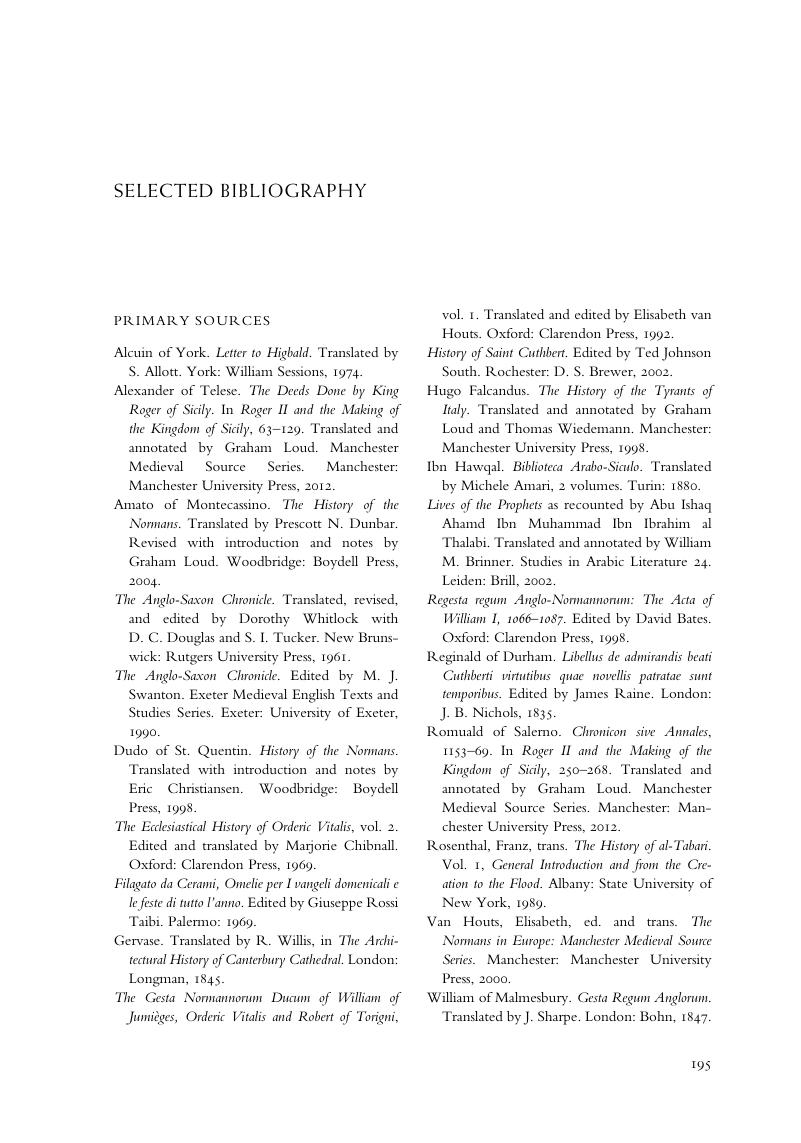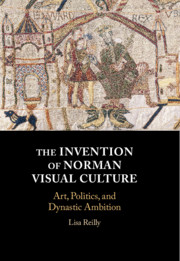Selected Bibliography
Published online by Cambridge University Press: 09 January 2020
Summary

- Type
- Chapter
- Information
- The Invention of Norman Visual CultureArt, Politics, and Dynastic Ambition, pp. 195 - 210Publisher: Cambridge University PressPrint publication year: 2020



